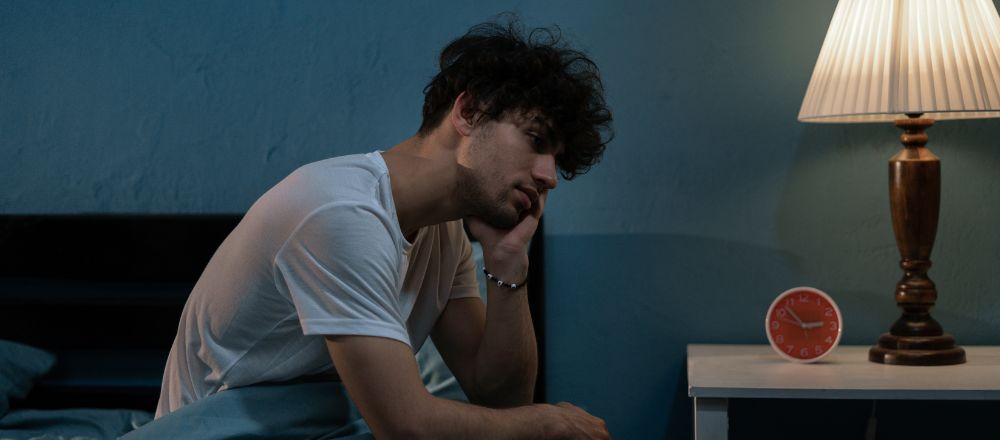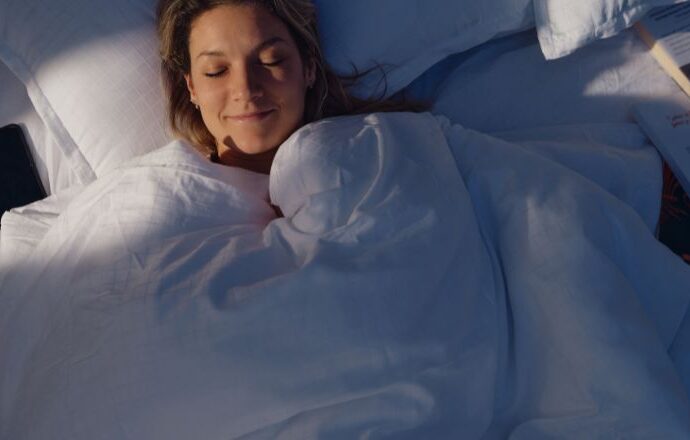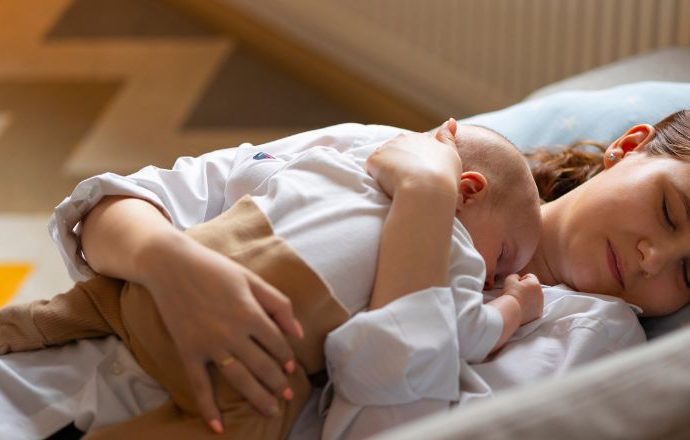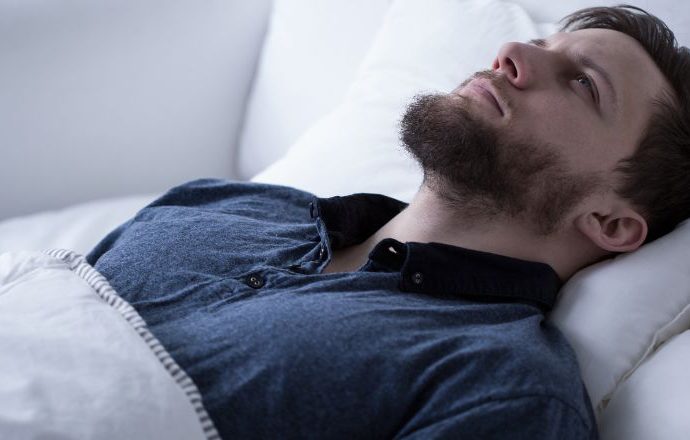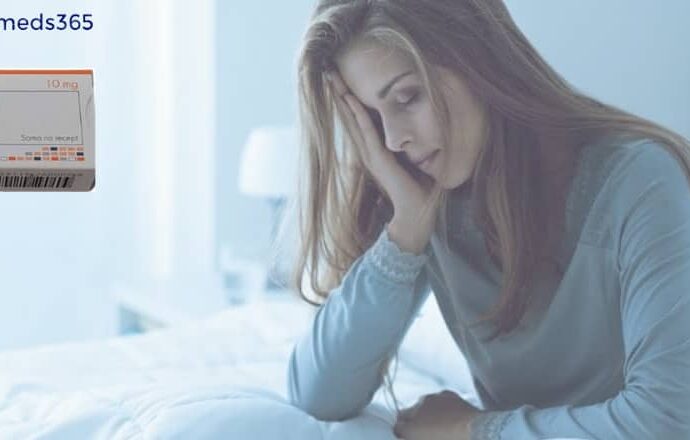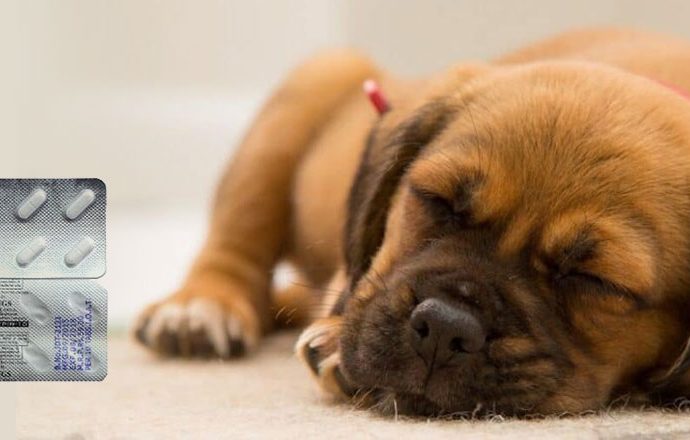Sleep Apnea Overview
Sleep apnea is one of the most common sleeping disorders. The person experienced repeated interruptions in breathing in sleep.
Types of Sleep Apnea
Sleep Apnea are of two types, one is obstructive sleep apnea (OSA), and another is central sleep apnea (CSA).
OSA occurs when the airway becomes blocked or collapses during sleep, while CSA happens when the brain fails to send proper signals to the muscles that control breathing.
Treatment
However the treatment of both depends upon the person and severity of the condition. For obstructive sleep apnea, positive airway pressure (CPAP) therapy (first-line treatment) is used.
Causes of Sleep Apnea
Sleep apnea is a disorder in which a person suffers many episodes of halted or shallow breathing while sleeping. Sleep apnea has two basic causes.
Obstructive sleep apnea (OSA) is most commonly caused by a physical obstruction in the windpipe. A different kind of sleep apnea, called central sleep apnea (CSA), happens when the brain fails to effectively control breathing.
Obstructive Sleep Apnea
In Obstructive Sleep Apnea, the muscles in the upper airway relax, which reduces surface area in the airway narrow.
Obstructive sleep apnea occurs when the airway contracts frequently, slowing or blocking breathing, lowering oxygen levels and causing sleep disruptions.
The amount of space taken up by soft tissues in the airway influences the likelihood of developing obstructive sleep apnea.
Central Sleep Apnea
Sleep apnea in adults seldom resolves itself. Without active actions to enhance breathing during sleep, OSA is likely to remain, resulting in poor sleep and potentially significant health issues. Similarly, central sleep apnea will typically not get better until the underlying causes are treated.
In rare situations, various therapies, such as surgery to remodel tissues surrounding the airway or major weight reduction, may completely eliminate the airway obstructions that cause OSA. In certain situations, addressing an underlying illness might stop breathing disturbances caused by central sleep apnea.
Reducing the Effects of Sleep Apnea
- Weight loss: For those who are overweight or obese, lowering weight can help reduce sleep apnea symptoms, however it rarely cures the problem entirely.
- Avoid back sleeping: Back sleeping often worsens OSA symptoms, even for persons with few other risk factors. As part of a bigger therapy strategy, lying on one’s side may contribute to improved breathing while sleeping.
- Raise the head of the bed: Some experts advocate lifting the head of the bed or using a large wedge cushion to raise up the upper body since these can assist maintain the airway clear.
- Treat allergies: It is very important to reduce the intake of tobacco, smoke, and other environmental contaminants that can induce nasal congestion, exacerbating obstructive sleep apnea. Taking efforts to decrease allergies in the bedroom can help. When these chemicals are impossible to avoid, employing saline spray or medicines may reduce congestion.
Get Next Day Delivery of Sleeping Tablets from PainMeds365
PainMeds365 provides you next day delivery of sleeping tablets. We ensure immediate and convenient access to the medicines. We have built an efficient delivery system which provides quick and reliable services.
Get next day delivery of medicines from PainMeds365. Your medicines will never get delayed with us!

